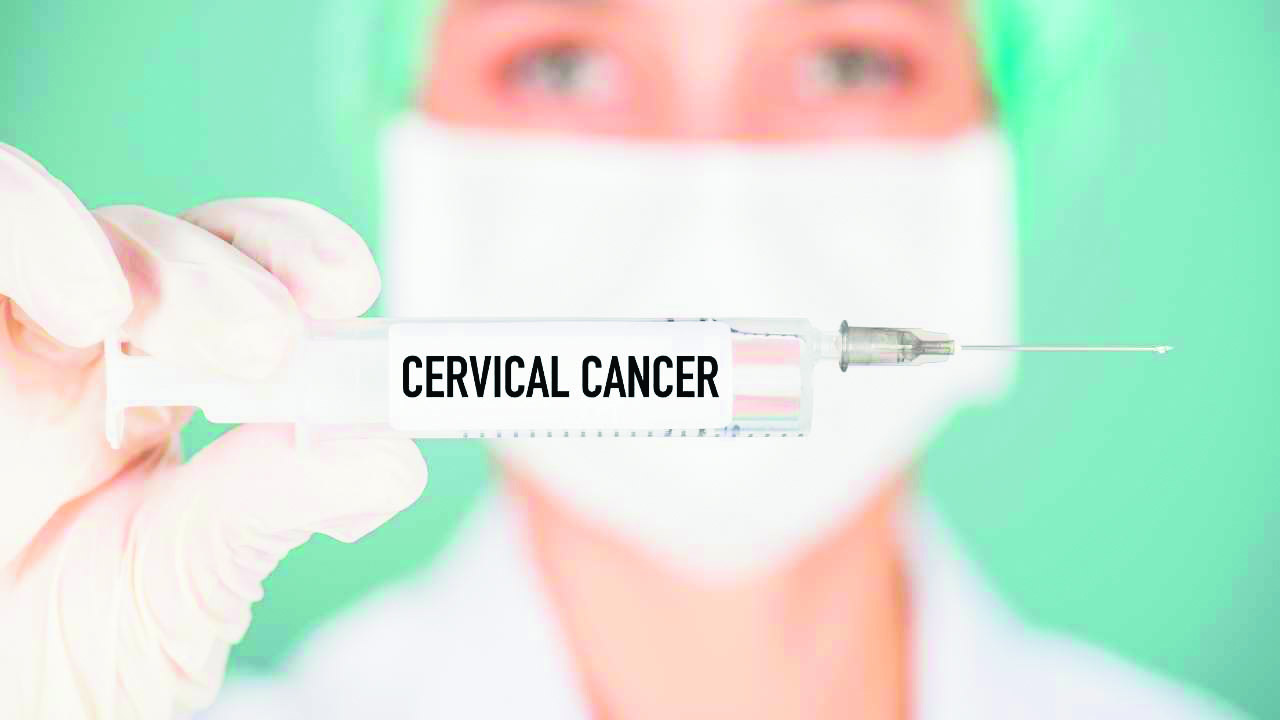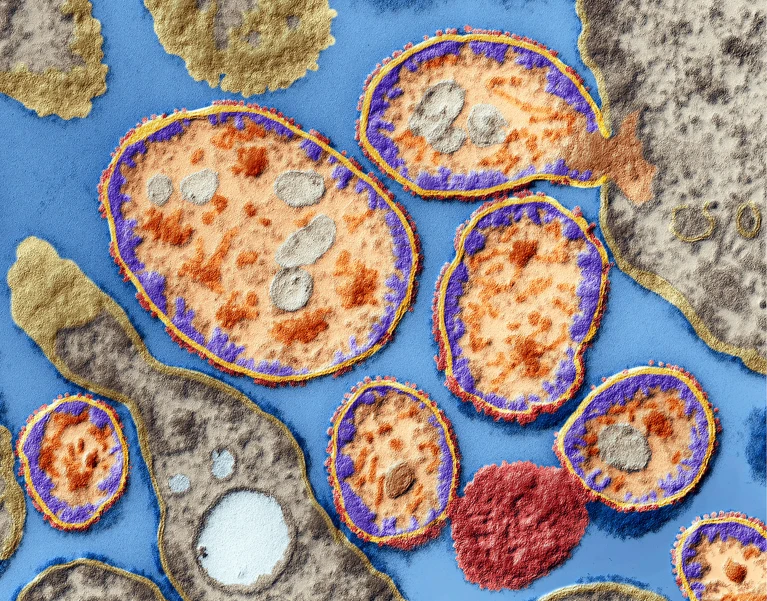
Cervical cancer is a type of cancer that develops in the cervix, the lower part of the uterus that connects to the vagina. It is a major health concern for women worldwide and understanding its nuances is essential for both prevention and early detection.
What is Cervical Cancer?
Cervical cancer typically starts in the cells lining the cervix. It is primarily caused by the human papillomavirus (HPV), a sexually transmitted infection. Most HPV infections resolve on their own, but persistent infections with high-risk strains can lead to cervical cancer.
Concerns Patients May Have
Risk Factors and Causes
Patients often worry about the risk factors associated with cervical cancer. HPV infection is the primary cause, but other factors like smoking, a weakened immune system, multiple sexual partners, and early sexual activity can also increase the risk.
Symptoms
Patients may be concerned about identifying cervical cancer symptoms. Early-stage cervical cancer may not present any symptoms, but as the disease progresses, symptoms like abnormal vaginal bleeding, pelvic pain, and pain during intercourse might occur.
Diagnosis and Screening
The fear of undergoing cervical cancer screening, specifically Pap tests or HPV tests, is a common concern. Patients might feel uncomfortable or anxious about the process, but these screenings are essential for early detection.
Treatment Options
Concerns regarding the various treatment options available, including surgery, radiation therapy, chemotherapy, and targeted therapy, are prevalent. Patients often seek information about the effectiveness of these treatments and their potential side effects.
Impact on Fertility and Future Pregnancy
Women diagnosed with cervical cancer may worry about the impact of treatments on their fertility and the ability to conceive or carry a pregnancy to term. Preserving fertility before starting cancer treatment might be a concern for some patients.
Addressing Patient Concerns
Prevention and Early Detection
n Vaccination
The HPV vaccine is a crucial preventive measure. It can protect against certain strains of the virus and significantly reduce the risk of cervical cancer. It’s typically recommended for preteens and young adults.
n Regular Screening
Encouraging patients to undergo routine cervical cancer screenings, such as Pap smears and HPV tests, helps in early detection and timely intervention. Early-stage detection significantly improves treatment outcomes.
Understanding Treatment Options
n Multidisciplinary Approach
A comprehensive approach involving gynecologic oncologists, radiation oncologists, and other specialists ensures tailored treatment plans. Educating patients about available therapies, their potential side effects, and success rates is vital.
n Fertility Preservation
For women concerned about fertility, discussing fertility preservation options before treatment, such as egg freezing or embryo banking, can provide reassurance.
n Support and Counseling
n Psychological Support
Offering psychological support and counseling services can help patients cope with the emotional impact of a cervical cancer diagnosis and treatment journey.
n Patient Education
Empowering patients with accurate, easy-to-understand information about cervical cancer, its risk factors, symptoms, treatment options, and post-treatment care can alleviate many concerns.
Conclusion
Cervical cancer is a significant health concern, but early detection, preventive measures like vaccination, and advancements in treatment offer hope. Addressing patients’ concerns by providing accurateinformation, emotional support, and comprehensive care is crucial in navigating the complexities of cervical cancer diagnosis and treatment.
Cervical cancer awareness, coupled with proactive healthcare practices, remains key in reducing the incidence and impact of this disease.
Dr. Vaishali Sharma MD (AIIMS) COAG (Harvard) RCOG Associate (London) is a National Award-winning Laparoscopic Surgeon and IVF Specialist















